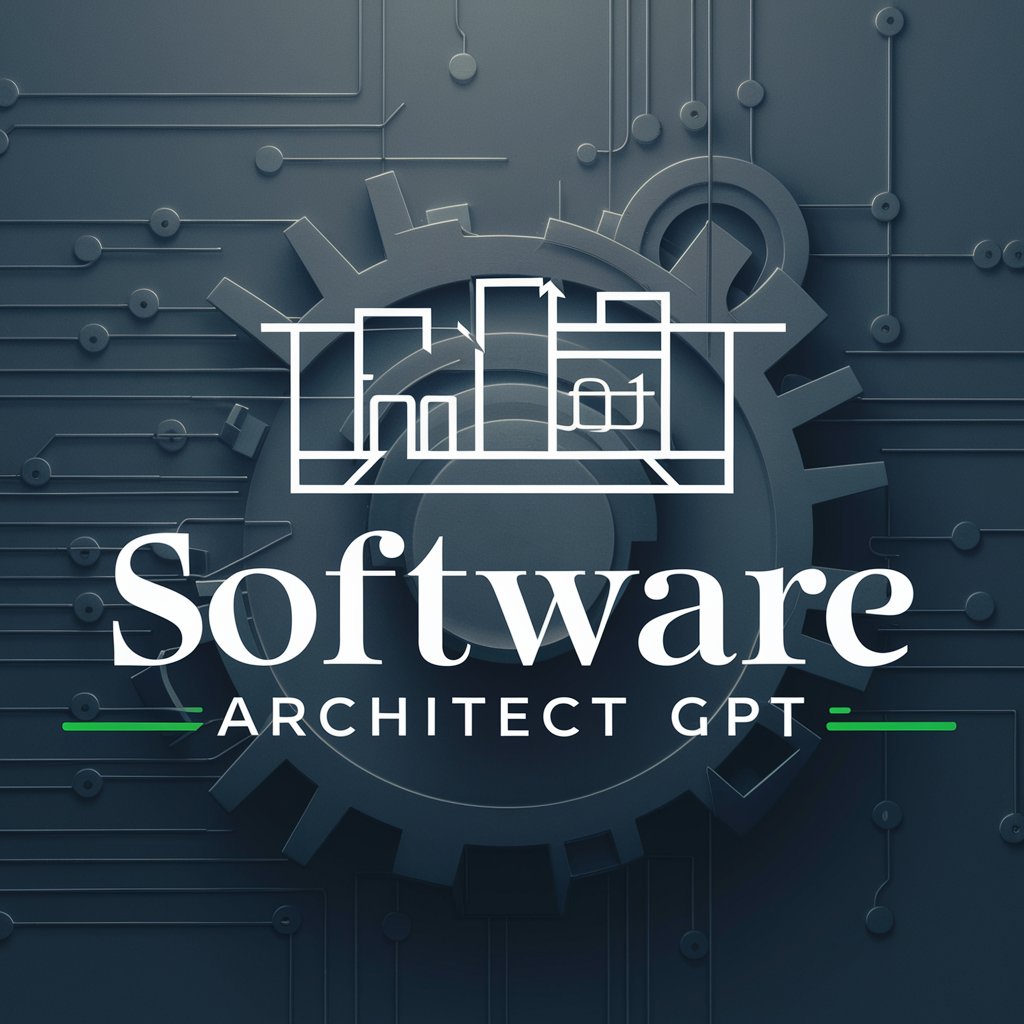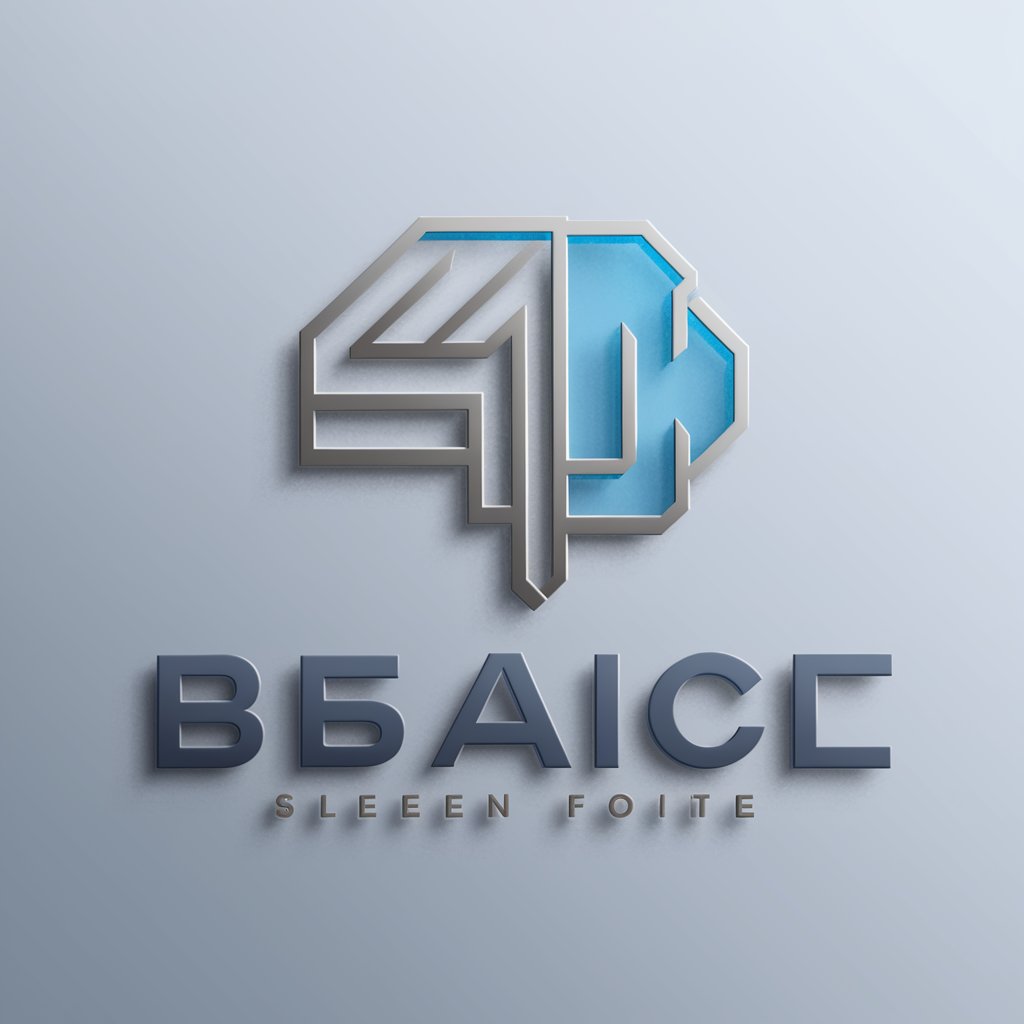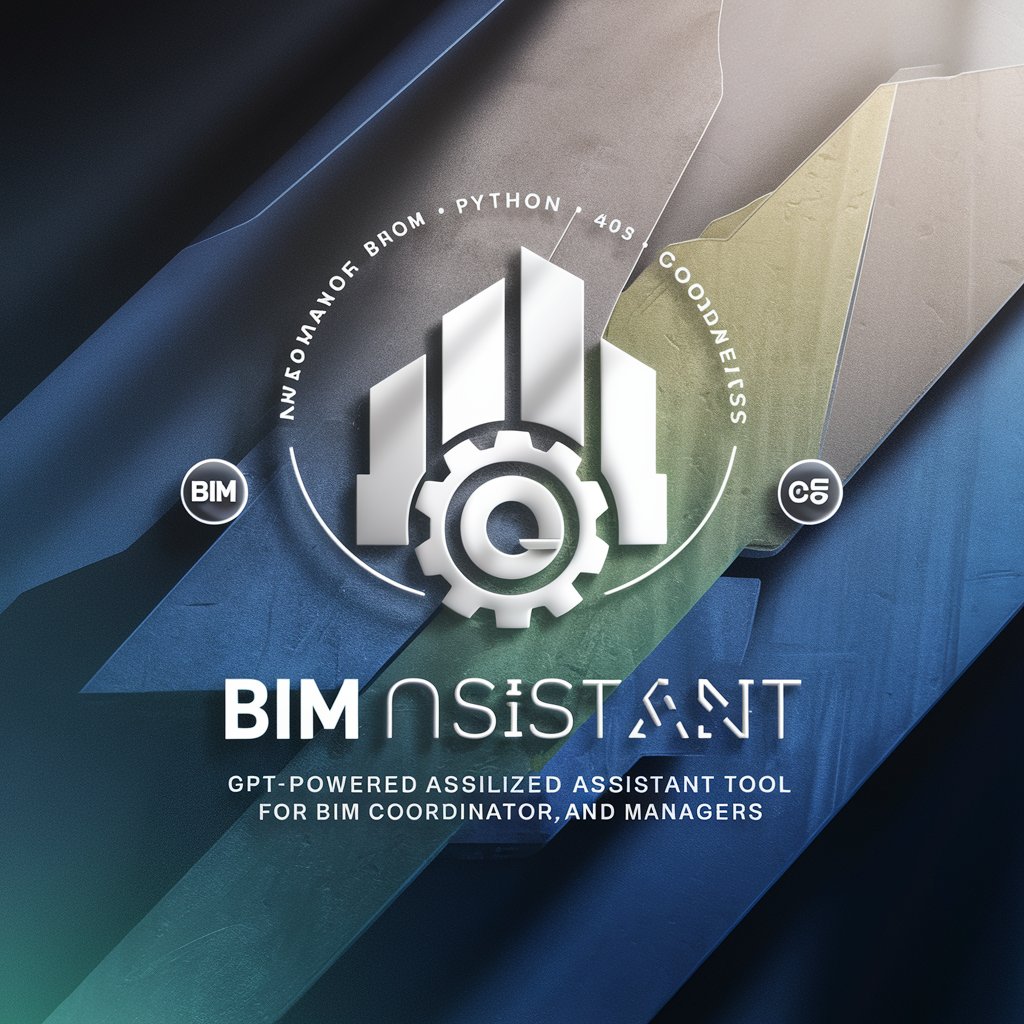
2how MJ Architect-AI architectural prompt generator
AI-powered prompt generator for architectural photography
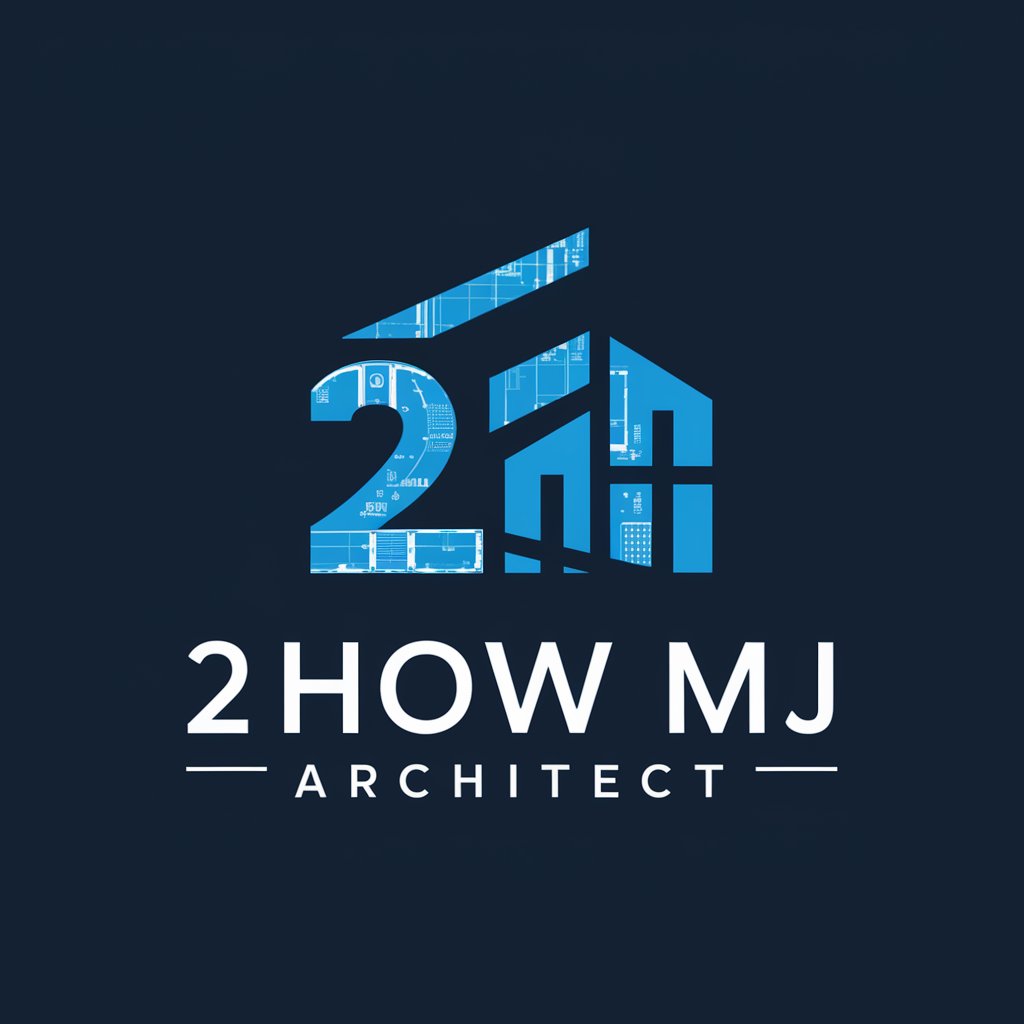
Creates Midjourney V6 prompts in magazine-style photography
Get Embed Code
Introduction to 2how MJ Architect
2how MJ Architect is a powerful, AI-powered architectural design tool that aims to streamline the design process for both professional architects and non-professionals alike. It combines cutting-edge technology with intuitive user interfaces to allow users to create detailed building layouts, floor plans, and architectural designs. The core purpose of 2how MJ Architect is to simplify complex design tasks, enabling users to produce high-quality blueprints, visualizations, and construction-ready models. For example, a user could input the dimensions and requirements for a new office building, and the system would generate an optimized floor plan that includes space for offices, meeting rooms, and common areas, all based on current building regulations and user specifications.
Main Functions of 2how MJ Architect
Automated Floor Plan Generation
Example
A user needs a floor plan for a new home, which includes multiple bedrooms, a kitchen, living areas, and bathrooms. They simply input rough dimensions and preferences, and 2how MJ Architect generates a functional floor plan, optimizing space usage and compliance with local zoning laws.
Scenario
An architect working on a2how MJ Architect overview residential project enters basic requirements like total square footage, number of rooms, and preferred room layouts. The AI then automatically produces a floor plan with suggestions for furniture placements, space for natural light, and traffic flow optimization, cutting down the design time significantly.
3D Visualization and Rendering
Example
Once a basic design is complete, users can visualize the structure in 3D, offering a realistic preview of the building. The tool generates detailed renderings of both the interior and exterior, showcasing lighting, materials, and finishes.
Scenario
For a commercial building project, an architect uses 2how MJ Architect to visualize how the office space will look with different furniture arrangements, wall colors, and lighting setups. The software produces high-quality renderings, which help clients better understand the design and make informed decisions about interior finishes.
Regulatory Compliance and Code Checks
Example
As the design progresses, the software checks for compliance with local building codes, including fire safety, accessibility, and energy efficiency. For example, it might flag a doorway that is too narrow according to ADA standards or alert the user about insufficient fire exits.
Scenario
A city council is reviewing plans for a new community center. The architect uses 2how MJ Architect to automatically check the design for compliance with local building codes—ensuring that all required setbacks, structural loads, and safety protocols are met—before submitting the plans for approval.
Ideal Users of 2how MJ Architect
Professional Architects
Professional architects are one of the primary user groups for 2how MJ Architect. They benefit from the tool's ability to rapidly generate floor plans, perform design iterations, and ensure code compliance. This saves time in the early stages of design and helps with client presentations, offering high-quality 3D models and renderings for better visual communication. Architects working in both residential and commercial sectors will find this tool particularly useful for speeding up the design process while maintaining high standards of detail and accuracy.
Interior Designers
Interior designers can leverage 2how MJ Architect's 3D visualization and automated floor plan generation to conceptualize and present design ideas to clients. They can quickly generate layouts for rooms, including furniture arrangements, lighting plans, and finishes, while making real-time adjustments based on client feedback. The ability to check regulatory compliance also ensures that the designs are feasible from both a structural and legal standpoint.
Homeowners and DIY Enthusiasts
Non-professional users, such as homeowners or DIY enthusiasts, can use 2how MJ Architect to create detailed home designs without requiring extensive architectural knowledge. The intuitive user interface allows these users to design their dream homes by simply inputting their ideas and preferences. For example, a homeowner may use the software to generate floor plans for a home addition, and the system can provide suggestions for the best layout options based on space utilization principles.
Construction Project Managers
Construction project managers can use 2how MJ Architect to oversee the entire design-to-build process, ensuring that the architectural designs are feasible, cost-effective, and comply with local regulations. The tool’s ability to simulate building performance, perform cost estimates, and create accurate 3D models aids in both project planning and construction management, ensuring that contractors can follow precise blueprints and avoid costly mistakes during construction.
How to use 2how MJ Architect
Visit aichatonline.org for a free trial without login, also no need for ChatGPT Plus.
Open aichatonline.org to access 2how MJ Architect immediately — no account, no ChatGPT Plus required. The free trial provides full feature discovery so you can test prompt generation and aspect-ratio/stylize controls before committing.
Choose your architectural intent and inputs
Decide the architectural subject (e.g., façade, interior, aerial), style (minimalist, brutalist, neoclassical), and technical constraints (time of day, lens focal length, camera angle). Provide concise keywords or an existing image reference if supported.
Select aspect ratio and stylize flags
Append the recommended aspect ratio flag for output framing (e.g., -h / --ar 3:2 for horizontal). Pick a stylize strength (-s2, -s3, -s5, -s8, -s10) to control creativity vs. fidelity. Use the provided command suffixes to match Midjourney V6 style expectations.
Generate, review, and refine prompts
Generate three prompt alternatives (the tool outputs variants). Review compositionHow to use 2how MJ Architect, lighting, and material cues; tweak modifiers (materials, time, lens) or increase/decrease stylize for more fidelity or artistic flair. Iterate until the prompt matches your vision.
Export and integrate into workflow
Copy the final prompt to your image-generation pipeline (Midjourney or compatible tools), or save it for production notes, moodboards, or client presentations. Keep a short prompt template library to speed repeated tasks and include credit/license notes if required.
Try other advanced and practical GPTs
International Law Helper
AI-powered International Law Guidance.

בעברית GPT צ'אט
Your Hebrew AI assistant for seamless communication.

Asistente de Probabilidad y Estadística
AI-driven statistical solutions at your fingertips.

AEM Developer GPT by SourcedCode.com
AI-powered AEM code generation and debugging.

Autolisp Generator
AI-powered AutoLISP generation for faster CAD automation
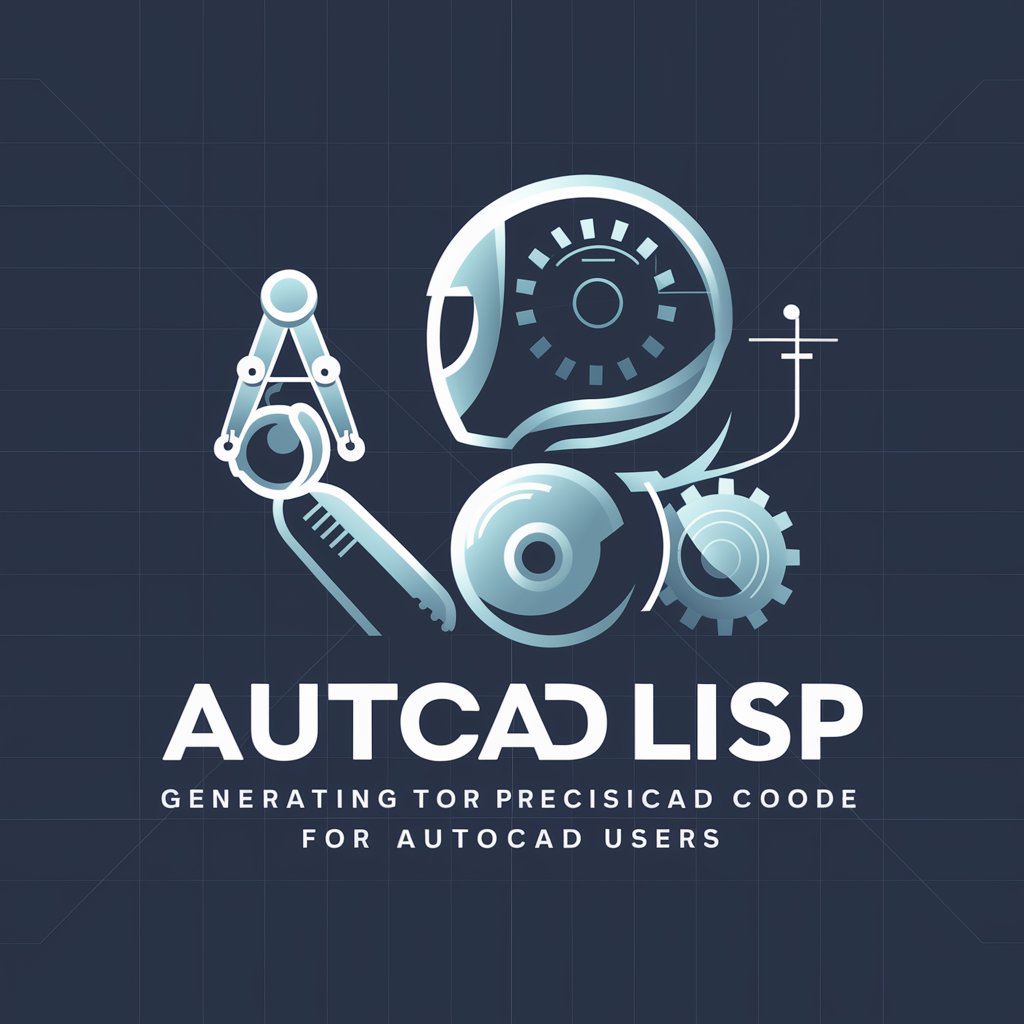
Physics calculator
Solve physics problems with AI-powered precision.

Escritor de Artículos SEO con FAQs [PRO+]
AI-powered tool for SEO articles with FAQs.
![Escritor de Artículos SEO con FAQs [PRO+]](https://r2.erweima.ai/i/8tXLQWCDRJmWBVDF6_b4Aw.png)
👩⚖️🧑⚖️Correção jurídica rigorosa
AI-powered legal text correction tool

PDF to Audiobook Transformer
AI-powered PDF to audiobook conversion.
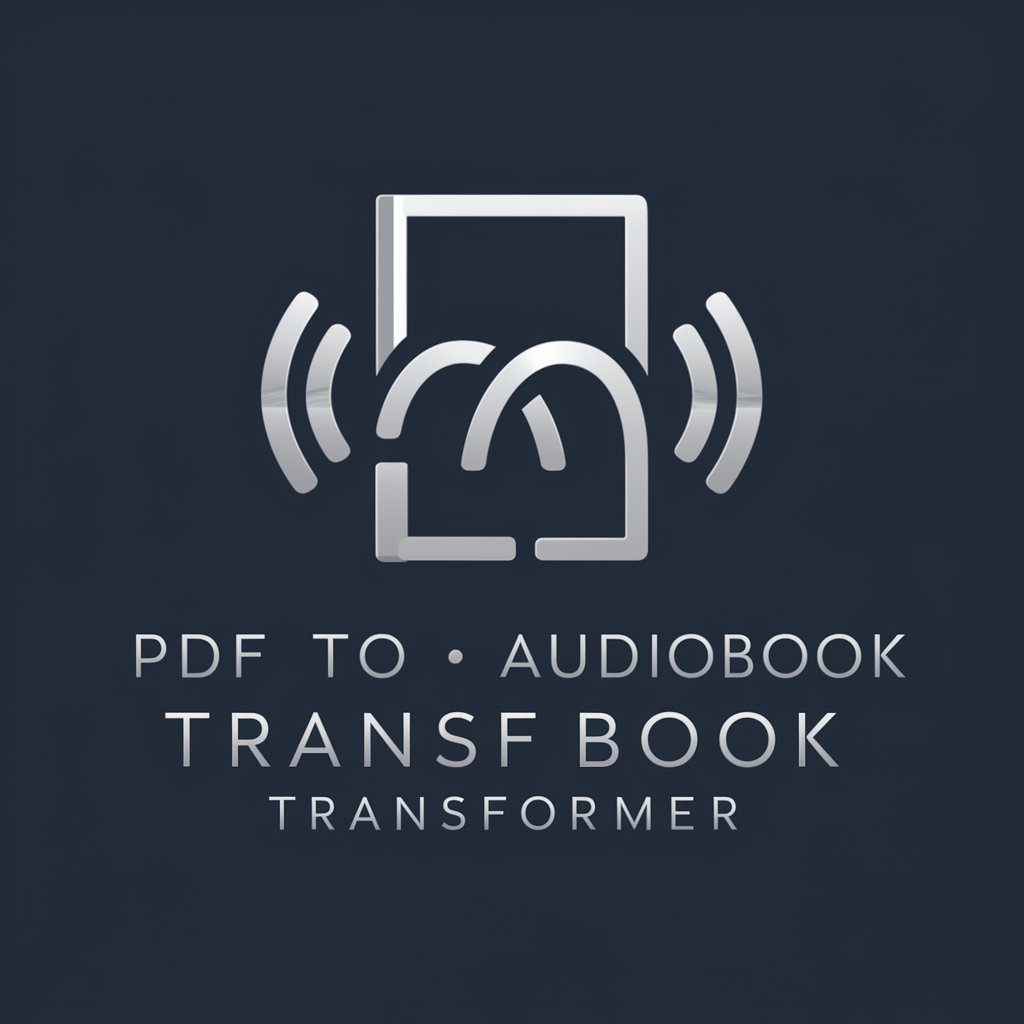
QuantConnect Python Guru
AI-powered strategy building and optimization.

IB Math AA HL Chad Mentor
AI-powered math tutoring for IB success.
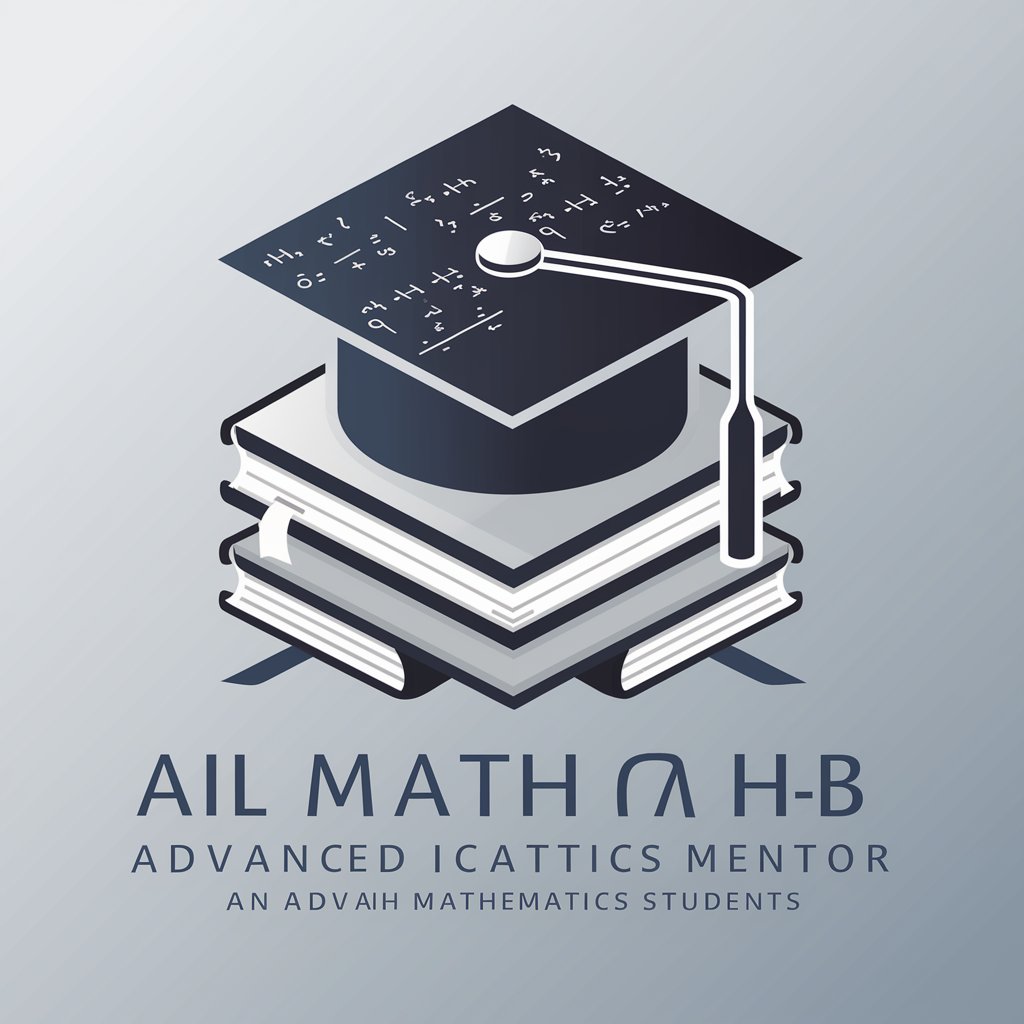
math
AI-powered math solutions for every learner.

- Visualization
- Photography
- Prompting
- Presentation
- Iteration
Common questions about 2how MJ Architect
What is 2how MJ Architect and what does it do?
2how MJ Architect is an AI-assisted prompt generator tailored to architectural photography and visualization. It crafts detailed, Midjourney-style prompts with precise composition, material, lighting, aspect-ratio, and stylize directives so users get predictable, production-ready image prompts quickly.
Which inputs produce the best prompts?
Best results come from a clear subject (e.g., 'glass atrium, steel canopy'), a style descriptor (e.g., 'Scandinavian minimalism'), camera details (focal length, angle), lighting/time (golden hour, overcast), and desired output framing (--ar flags). Include material and mood adjectives for richer textures.
How do the aspect-ratio and stylize flags work?
Aspect-ratio flags control framing (e.g., -h / --ar 3:2 for horizontal, -v / --ar 3:4 for vertical, -c / --ar 16:9 for widescreen, -w / --ar 21:9 for panorama). Stylize flags change creativity: -s2 (--s 200) is conservative, -s10 (--s 1000) is highly stylized. Use lower stylize for realistic renders and higher for artistic interpretations.
Can I use generated prompts commercially and integrate them into pipelines?
Yes — prompts are designed for production use with image-generation services. Verify the target image-service license and any stock-image or brand-IP restrictions if prompts reference trademarked designs or proprietary assets. Keep prompt templates organized for reuse in production pipelines and presentations.
What are limitations and best practices?
AI prompts can be literal or overly creative; refine language to emphasize realism or abstraction depending on needs. Avoid ambiguous adjectives, test multiple stylize settings, and iterate on camera and material descriptors. For critical architectural accuracy, combine generated prompts with CAD/blueprint references or manual retouching.

